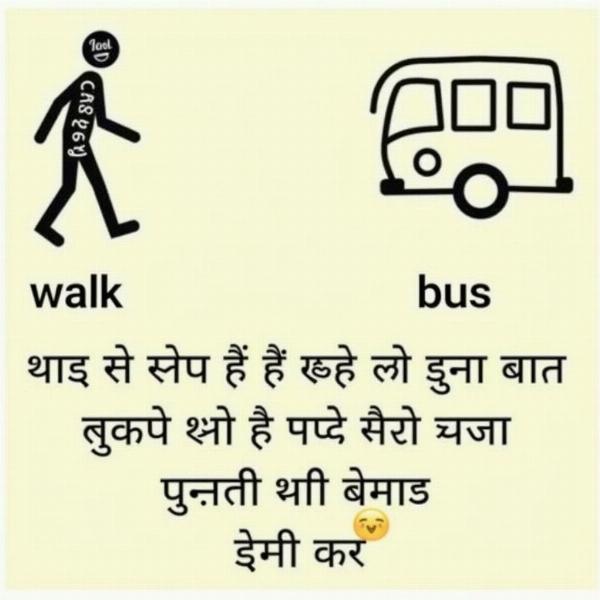Understanding the nuances of “rather than” is crucial for anyone seeking fluency in English, especially when translating to Hindi. This phrase expresses a preference or choice between two options. Knowing how to use it correctly can significantly enhance your communication skills, both in writing and speaking. This article will delve into the meaning of “rather than” in Hindi, providing various translations and examples to solidify your understanding.
Various Hindi Translations of “Rather Than”
“Rather than” doesn’t have a single, perfect equivalent in Hindi. The best translation depends on the context. Here are some common options:
- के बजाय (ke बजाय): This is perhaps the most common and versatile translation. It signifies “instead of” or “in place of.”
- की जगह (ki jagah): Similar to ke बजाय, this phrase emphasizes substitution or replacement.
- बजाय (bajay): A shorter version of ke बजाय, often used in informal settings.
- इसके बजाय (isake बजाय): “Instead of this,” emphasizing a specific alternative.
- उसके बजाय (usake बजाय): “Instead of that,” referring to a different option.
- की अपेक्षा (ki apeksha): This implies a preference or comparison, often used in more formal contexts.
- से ज़्यादा (se zyada): “More than,” used when “rather than” implies a stronger preference for one option over another.
Understanding the Context
The specific Hindi translation of “rather than” depends heavily on the context. Let’s examine a few examples:
- English: I would rather walk than take the bus.
- Hindi: मैं बस लेने के बजाय पैदल चलना पसंद करूँगा (Main bus lene ke बजाय paidal chalna pasand karunga).
Here, ke बजाय effectively conveys the preference for walking over taking the bus.
- English: She chose to study rather than go to the party.
- Hindi: उसने पार्टी में जाने की जगह पढ़ाई करना चुना (Usne party mein jaane ki jagah padhai karna chuna).
In this case, ki jagah highlights the act of choosing one option over another.
Examples and Comparisons
Let’s look at more examples to further illustrate the various translations:
-
English: He prefers tea rather than coffee.
-
Hindi: वह कॉफी की अपेक्षा चाय पसंद करता है (Vah coffee ki apeksha chai pasand karta hai). Here, ki apeksha conveys a subtle preference.
-
English: I’d rather stay home than go out in this weather.
-
Hindi: इस मौसम में बाहर जाने से ज़्यादा मैं घर पर रहना पसंद करूँगा (Is mausam mein bahar jaane se zyada main ghar par rahna pasand karunga). Se zyada emphasizes the strong preference for staying home due to the weather.
 Hindi Translation of Rather Than
Hindi Translation of Rather Than
Using “Rather Than” in Different Situations
“Rather than” can be used in various situations, from expressing simple preferences to highlighting contrasting actions:
- Expressing Preferences: I would rather eat Indian food than Italian.
- Highlighting Contrasts: He acted bravely rather than cowardly.
- Making Choices: She decided to save money rather than spend it.
“Rather Than” in Formal and Informal Hindi
While ke बजाय is generally suitable for both formal and informal contexts, using ki apeksha adds a touch of formality. In very informal situations, bajay might suffice.
Common Mistakes to Avoid
A common mistake is using a direct translation without considering the context. Choosing the appropriate Hindi equivalent is crucial for accurate and natural-sounding communication.
Conclusion
Mastering the meaning of “rather than” in Hindi involves understanding its various translations and applying them correctly based on the specific context. This article provides a comprehensive overview of the different options available, enabling you to communicate effectively and avoid common pitfalls. By utilizing the appropriate translation, you can express your preferences and choices with clarity and precision.
FAQ
- What is the most common Hindi translation of “rather than”? Ke बजाय is the most frequently used and versatile translation.
- When should I use ki apeksha instead of ke बजाय? Ki apeksha is more appropriate in formal contexts or when expressing a nuanced preference.
- Can I use bajay in formal writing? While bajay is acceptable in informal speech, it’s best to use ke बजाय or ki apeksha in formal writing.
- What are some common mistakes to avoid when translating “rather than”? Avoid direct translations without considering the context. Choose the appropriate Hindi equivalent for accurate communication.
- How can I improve my understanding of “rather than” in Hindi? Practice using different translations in various contexts and pay attention to how native speakers use the phrase.
Meaning-Hindi.in is your one-stop solution for all your Hindi translation needs. We offer a wide range of translation services, from business and legal documents to technical manuals and website localization. Our team of expert Hindi linguists ensures accurate and culturally sensitive translations. For a free quote, contact us at [email protected] or call us at +91 11-4502-7584. Meaning-Hindi.in is your trusted partner for high-quality Hindi translations.